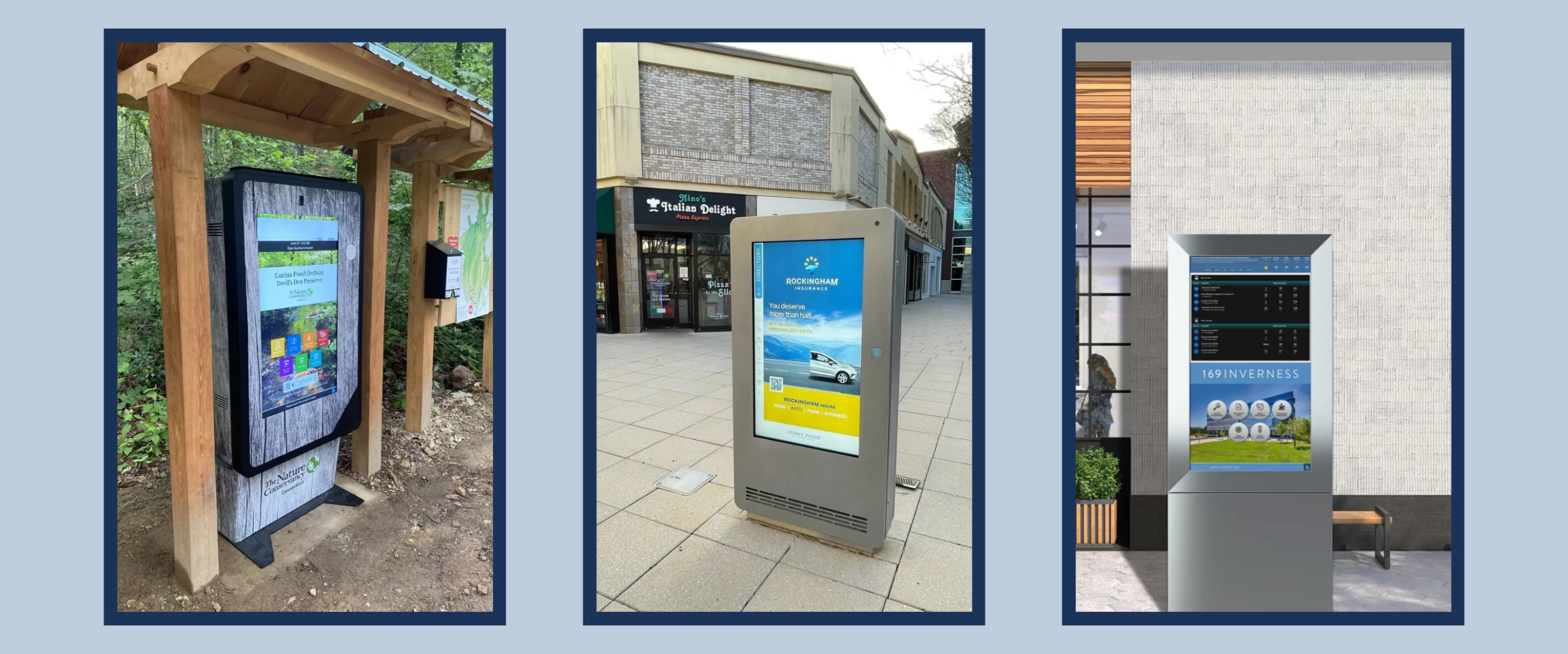The One Thing That Could Trump E-commerce in Retail
Forget what you’ve heard about e-commerce being the “death” of brick-and-mortar retail. Malls and physical retail stores are very much alive. Those business models that are surviving – and thriving – are embracing a new retail paradigm where experience is king.
Yes, e-commerce has been a game changer and will likely continue to take a bigger bite out of retail sales. However, online purchases only represent about 10% of all retail sales. Consumers are still doing the majority of their buying in physical stores and shopping centers for a myriad of reasons, such as convenience, service, entertainment and an overall experience that they simply can’t get online.
The bigger threat to brick-and-mortar retail is more than just e-commerce or Amazon, it’s facing the challenges of navigating in an environment where changes in technology, demographics and consumer behavior are converging to create a new retail paradigm. The key to surviving in that new paradigm is understanding what today’s consumers want and being able to quickly recognize and adapt to those changing needs.
What do consumers want?
According to a new future of retail report from JLL that surveyed 1,500 shoppers, what consumers want most from their retail experience is skilled customer service, personalization and convenience. Certainly, not everyone wants the same thing. The JLL report highlighted differences across demographic groups.
Millennials: 72.6% want stores that remember their personal preferences.
Gen Z: 48.8% want low prices and discounts.
Gen X: 41.5% want health-focused F&B retailers.
Baby Boomers: 36.9% want more entertainment and dining.
One of the common themes across demographic groups is the growing appetite for “experiential” retail. It’s the other “E” word and is poised to combat e-commerce. People can buy just about everything they want online these days. But, they want fun, interesting and unique experiences that they can’t get sitting in front of their computer.
Retail developers and owners more than ever are focused on “place making” that combines interesting architecture, art and aesthetics along with the right mix of tenants to create a vibrant community center where people want to shop, dine and hang out. Gone are the days of cookie cutter malls. Today’s shopping centers are being designed with a focus on both the indoor and outdoor spaces that feature amenities such as wall murals, sculpture gardens, outdoor amphitheaters, boardwalks and even man-made lakes.
Shopping centers are transforming into mixed-use centers that draw people together for shopping, dining, entertainment along with everyday activities, whether that is a trip to the gym, yoga classes or even a visit to the clinic or dentist. Even Walmart has jumped on the experiential bandwagon. The company announced last year that it would repurpose some of its super centers to a more pedestrian-friendly “town center” format that features shopping, restaurants and service business with an emphasis on community space.
Intelligent PropTech helps to shape experience
Increasingly, both landlords and retailers are leveraging technology to enhance and support the in-store shopping experience. Once again, Amazon is leading the charge. The company has introduced its Amazon Go stores that offer the convenience of “cashierless” stores that use sensors to automatically track and charge items in a shopper’s cart when they leave the store.
Broadly, retailers are embracing the latest cutting-edge technology to both create efficiencies and improve the shopping experience for consumers who rely on tech in all aspects of their everyday lives. Examples range from retailers such as Nike, which is giving shoppers in-store experiential tech that allows them to custom design their own shoes, to retailers who use intelligent digital displays to provide information on wayfinding, store promotions, special events and more.
Retailers are continuing to push the boundaries for use of tech in cool new ways to enhance the shopping experience. But consumers remain focused on basic functionality. For example, the JLL survey found that while 19% said having a smartphone to help them check out would make their shopping experience better, 26% said they simply want tech that helps them to navigate a center more easily.
According to a new IBM Institute for Business Value study that was developed in collaboration with the National Retail Federation, adoption of artificial intelligence-driven automation among companies operating in the retail sector is projected to leap from 40% to nearly 80% by 2021. A scenario where shoppers arrive at the mall via driverless cars and are greeted by robots may not be too far in the future.
But what’s happening today? Smart retailers are shaping the experience that consumers have from the parking garage and entrance doors to malls all the way through in-store experiential touchscreens that engage and shape shopper behaviors. From guiding visitors to their destinations to announcing spot-promotions and daily events, there’s enormous opportunity to engage shoppers from the moment they arrive.
That’s why old school print directories are a dying breed. They can’t keep up with new stores, the latest promotions and personal choices for today’s demanding shoppers. It’s also why TouchSource innovations in intelligent, IoT-enabled retail directories and displays give retail owners and managers the tools they need to survive – and thrive – in this new generation of experiential retail. For inspiration, learn more about Starwood Retail Partners and how they’ve brought digital transformation into their physical spaces in partnership with TouchSource.













